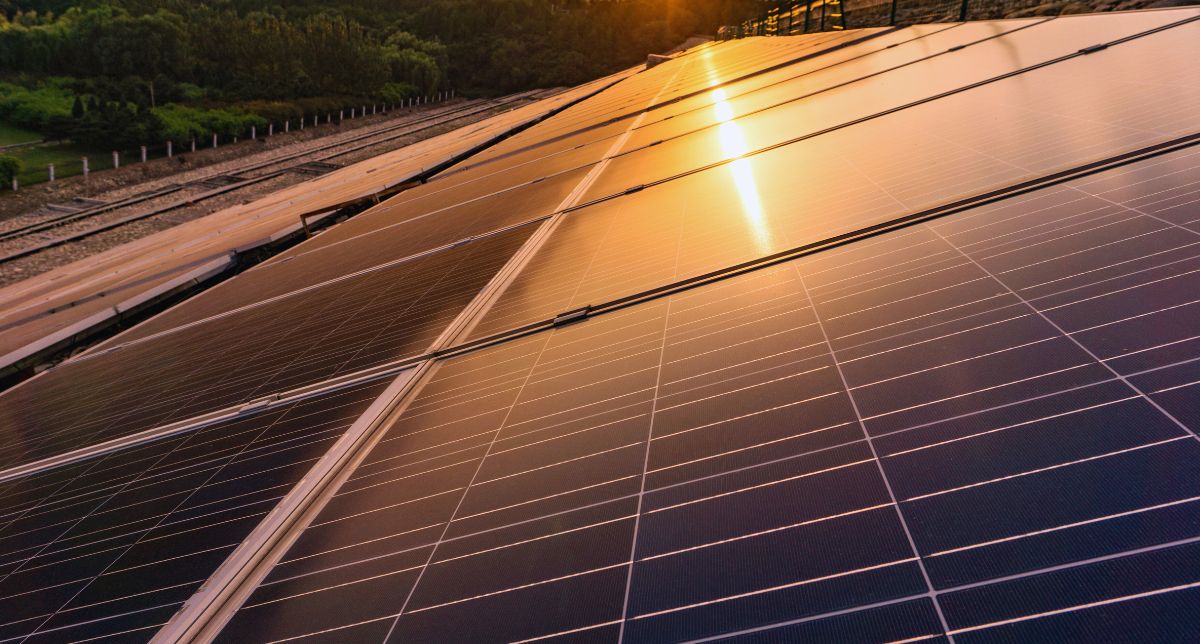In-depth analysis of the warning from the National Electric System Operator (ONS) that exposes Brazil’s vulnerability—not due to a lack of energy, but because of an imminent power delivery deficit.
While Brazil celebrates its growing renewable energy generation capacity, a technical and urgent warning from the heart of national electric planning casts a cautionary light on the near future. The issue is not whether we will have enough energy, but whether we will be able to deliver it when we need it most. Starting in 2027, the country faces a concrete risk of a power capacity deficit—a silent crisis that could compromise the reliability of the National Interconnected System (SIN).
The primary source of this alert, detailed in the article “Brazil will need additional power capacity starting in 2027” from the portal Além da Energia by ENGIE, is not speculative. It is based on robust data and projections from two of the most important entities in the sector: the National Electric System Operator (ONS) and the Energy Research Company (EPE). A deep dive into these documents reveals the anatomy of a complex challenge.
The Root of the Problem: Energy vs. Power
The core of the issue, as the ENGIE article rightly points out, lies in the fundamental distinction between two concepts:
- Energy (MWh): Refers to the total amount of electricity that can be produced over time. Thanks to the massive expansion of solar and wind plants, Brazil has an increasing capacity to generate energy.
- Power (MW): Is the ability to deliver that energy instantly, at the exact moment it is needed. It is the “engine strength” of the electrical system.
Sources like solar and wind are called intermittent or non-dispatchable. They generate energy when there is sun or wind but cannot be “activated” to meet a demand peak on a cloudy day or windless night.
The Fatal “Ramp”: ONS’s Diagnosis
The main document supporting the alert is the 2025–2029 Electrical Operation Plan (PEL), published by the ONS. The report is categorical in identifying what the sector calls the “ramp” as the moment of greatest vulnerability in the system.
This phenomenon occurs daily in the early evening. ONS projections show that around 6 p.m., solar photovoltaic generation—which peaks at midday—drops to zero in a short time span. Exactly during this same period, electricity demand surges as public lighting turns on and people arrive home, turning on showers, air conditioners, and other appliances.
The system must, within minutes, perform a dual and critical maneuver:
- Compensate for the loss of thousands of megawatts from solar sources.
- Meet a steep increase in consumption.
According to ONS simulations, without contracting new power sources, the remaining capacity of the system (existing hydro and thermal plants) will not be enough to perform this task safely from 2027 onward, especially in high-load regions such as the Southeast/Central-West and the Northeast.

The Technical Solution: Capacity Reserve Auctions
The solution proposed by EPE and ONS to mitigate this risk is the contracting of power capacity through Capacity Reserve Auctions. The logic of these auctions, detailed in several EPE technical notes, is to contract plants not for the energy they generate, but for their availability and flexibility.
These plants, mostly natural gas-fired thermal power plants, function as “insurance” for the system. They remain on standby and are dispatched by ONS only during stress moments—such as the late afternoon “ramp”—ensuring demand is met without failure. They provide the firm power that intermittent sources cannot guarantee.
The 2034 Ten-Year Energy Expansion Plan (PDE), developed by EPE, reinforces this need by highlighting the expansion of flexible sources as a pillar for the security of Brazil’s energy transition.
The Clock is Ticking for Brazil
What turns this technical alert into a race against time is the project maturation cycle. Building a large thermal power plant, from winning the auction to commercial operation, takes on average three to four years. This means that to have the necessary power available in 2027, the auction to contract it must occur as a matter of urgency.
The postponement of reserve auctions previously scheduled for earlier years has raised a yellow flag in the sector. The ENGIE article reflects widespread concern: planning needs to turn into action.
In short, the in-depth analysis of official sources confirms that Brazil is facing a structural challenge. The transition to a cleaner energy matrix is an undeniable success, but it must be accompanied by investments in security and flexibility. Ignoring the warning about the need for power capacity is like building a powerful car and forgetting to install a reliable braking system. The risk is not just a blackout—but the loss of credibility in Brazil’s ability to manage its own energy security.

Comment